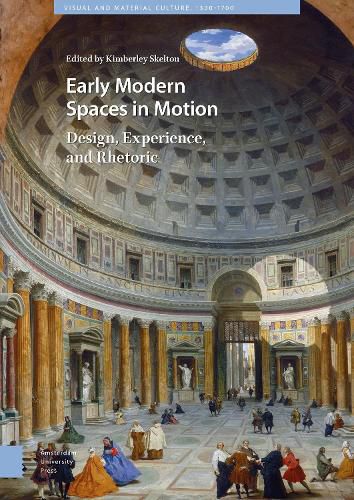Readings Newsletter
Become a Readings Member to make your shopping experience even easier.
Sign in or sign up for free!
You’re not far away from qualifying for FREE standard shipping within Australia
You’ve qualified for FREE standard shipping within Australia
The cart is loading…






Stretching back to antiquity, motion had been a key means of designing and describing the physical environment. But during the sixteenth through eighteenth centuries, individuals across Europe increasingly designed, experienced, and described a new world of motion: one characterized by continuous, rather than segmented, movement. New spaces that included vistas along house interiors and uninterrupted library reading rooms offered open expanses for shaping sequences of social behaviour, scientists observed how the Earth rotated around the sun, and philosophers attributed emotions to neural vibrations in the human brain. Early Modern Spaces in Motion examines this increased emphasis on motion with eight essays encompassing a geographical span of Portugal to German-speaking lands and a disciplinary range from architectural history to English. It consequently merges longstanding strands of analysis considering people in motion and buildings in motion to explore the cultural historical attitudes underpinning the varied impacts of motion in early modern Europe.
$9.00 standard shipping within Australia
FREE standard shipping within Australia for orders over $100.00
Express & International shipping calculated at checkout
Stretching back to antiquity, motion had been a key means of designing and describing the physical environment. But during the sixteenth through eighteenth centuries, individuals across Europe increasingly designed, experienced, and described a new world of motion: one characterized by continuous, rather than segmented, movement. New spaces that included vistas along house interiors and uninterrupted library reading rooms offered open expanses for shaping sequences of social behaviour, scientists observed how the Earth rotated around the sun, and philosophers attributed emotions to neural vibrations in the human brain. Early Modern Spaces in Motion examines this increased emphasis on motion with eight essays encompassing a geographical span of Portugal to German-speaking lands and a disciplinary range from architectural history to English. It consequently merges longstanding strands of analysis considering people in motion and buildings in motion to explore the cultural historical attitudes underpinning the varied impacts of motion in early modern Europe.